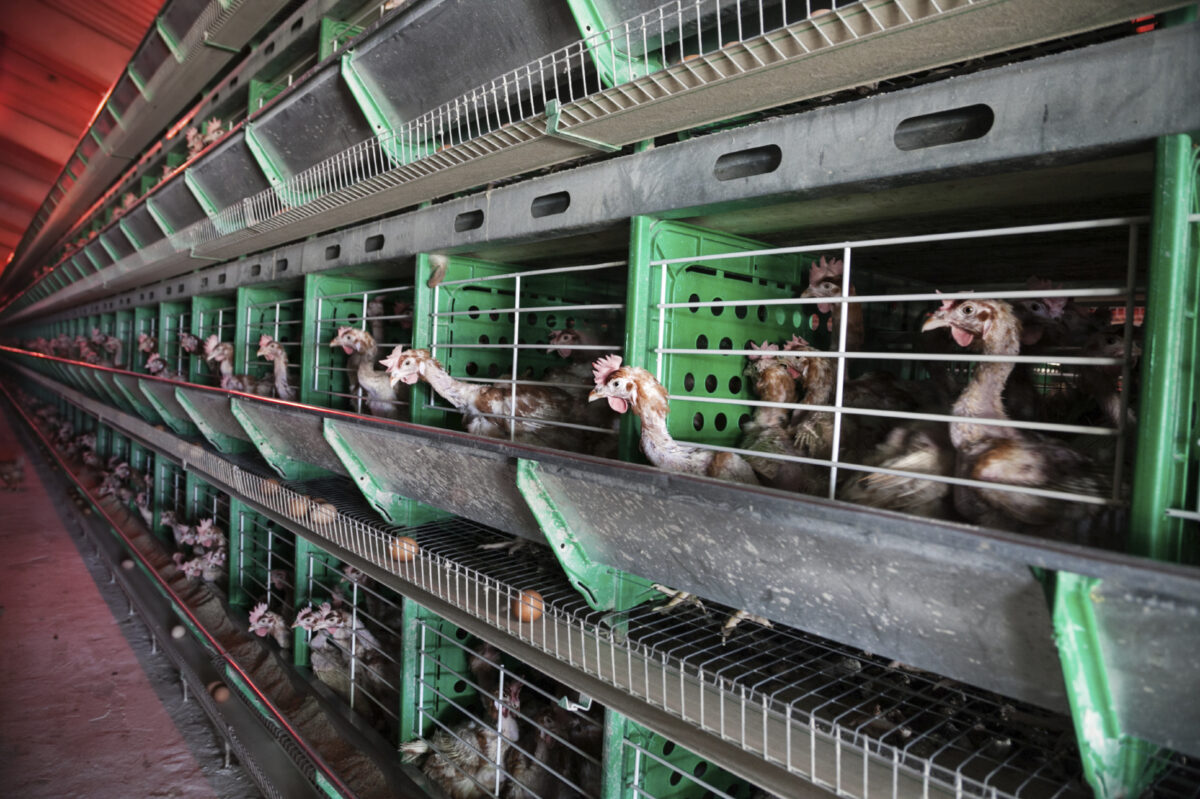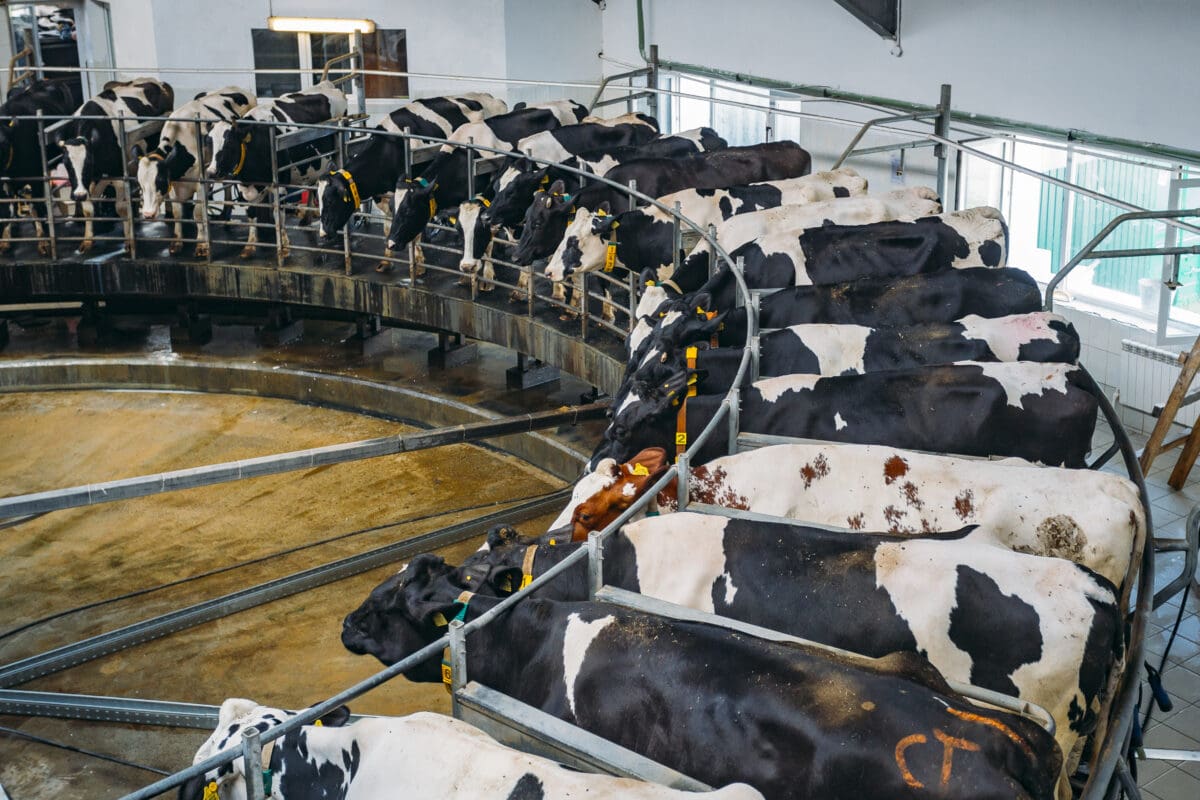What better way to start the new year than by embracing a lifestyle that’s kinder to animals, better for the planet, and healthier for you? This January, people around the world are joining the Veganuary movement to explore delicious plant-based foods and discover the benefits of a plant-forward lifestyle. The Vancouver Humane Society is thrilled to partner with Veganuary 2025 to inspire you to make a difference—one meal at a time.
As we step into 2025, there’s no better time to embrace a lifestyle that’s compassionate, sustainable, and health-conscious. Veganuary—a global movement encouraging individuals to adopt a vegan diet for the month of January and beyond—has officially launched its 2025 campaign. This year, the initiative is sparking conversations with its bold “Weird?” campaign, prompting us to rethink our food choices and the norms surrounding them.
Why Try Veganuary?
- For the Animals: Reducing or eliminating animal products from your diet helps to spare countless animals from industrial animal agriculture (factory farming). Every plant-based choice counts towards challenging the conventional practices of animal agriculture.
- For the Planet: Switching to plant-based eating is one of the most impactful ways to reduce your carbon footprint. Plant-based diets use significantly less water and land and produce fewer greenhouse gases.
- For Your Health: Eating plant-based can help lower the risk of heart disease, diabetes, and certain cancers. Plant-based diets are associated with numerous health benefits, including improving digestion, increased energy levels, and a reduced risk of chronic diseases. Plus, the variety of fruits, veggies, legumes, and grains will leave you feeling energized and vibrant!
What to Expect
Taking part in Veganuary is simple, and you’ll be amazed at the resources available to help you along the way. From meal plans to recipe inspiration and even dining guides for local restaurants, there’s no shortage of support. You can even try the Plant University Recipe Library for meals that are budget-friendly, beginner-friendly, and culturally diverse.
By signing up for Veganuary, you’ll receive a wealth of resources to support your journey:
- Daily Coaching Emails: Insights and tips from nutritionists and chefs to guide you.
- Meal Plans and Recipes: Delicious, easy-to-follow vegan recipes to keep your meals exciting.
- Celebrity Support: Join a community endorsed by figures like Paul McCartney, and Oscar winner Joaquin Phoenix.
Take the Pledge Today
Ready to make a change? Sign up for Veganuary 2025 at Veganuary’s official website and start receiving your free resources.
Get Involved with PlantUniversity
At PlantUniversity, we’re here to support your Veganuary journey:
- Recipe Library: Explore our collection of culturally diverse, budget-friendly vegan recipes.
Pulled BBQ Jackfruit Burrito
Vegan Pad Thai
Smoky Butternut Squash Soup
Black Bean and Yam Soup
5-Minute Cashew Alfredo Sauce
Roasted Vegetable Pesto Sandwich
- Educational Resources: Access guides and toolkits designed to make plant-based living accessible and enjoyable.
- Community Engagement: Find plant-based businesses in the Lower Mainland with our shopping guide and map.
Together, we can create a kinder, greener, and healthier future. Whether you’re trying Veganuary for a day, a week, or the full month, every step you take makes an impact.
So, what are you waiting for? Join us and thousands of others in saying yes to a more compassionate 2025.
Follow Us on Social Media
Share your Veganuary journey with us! Tag @VancouverHumane and use #Veganuary2025 so we can cheer you on and share your inspiring meals with our community. Let’s inspire others together.
Here’s to a kinder, healthier, and more sustainable 2025! Let’s make this Veganuary our most impactful one yet! 🌱✨







































